Because LiFePO4 chemistry lithium batteries are one of the most powerful and long-lasting battery chemistries available, they have become popular in recent years for a range of applications. If properly maintained, they will last a decade or more. Please take a moment to read these tips to ensure you get the longest service from your battery investment.
1. Frequent charging and shallower cycling
With lithium batteries, the battery will last longer if you avoid overly deep discharges. We recommend sticking to a maximum of 70-80% DoD (depth of discharge), except in emergencies.
2. Clean the terminals before installation
The terminals on top of the battery are made of aluminum and copper and will form an oxide layer over time when exposed to air. Clean the battery terminals thoroughly with a wire brush to remove oxidation before installing the battery interconnect and BMS module. If bare copper battery interconnects are used, they should also be cleaned. Removing the oxide layer will greatly improve conduction and reduce heat buildup at the terminals. (In extreme cases, it is known that heat buildup on the terminals due to poor conduction can melt the plastic around the terminals and damage the BMS module!)
3. Use the correct terminal mounting hardware
Use 20 mm long bolts for batteries 90Ah and above. 15 mm bolts for batteries 60Ah and below. If in doubt, measure the depth of the threads in the cell and make sure the bolt will be near but not touching the bottom of the hole. From top to bottom, you should have a spring washer, flat washer, and then the battery interconnects.
About a week after installation, check that all terminal bolts are still tight. Loose terminal bolts can result in a high resistance connection, robbing your EV of power and causing excessive heat.
4. Never overcharge/discharge your batteries!
The most common causes of premature failure of LiFePO4 batteries are overcharging and overdischarging. Even one occurrence can cause permanent damage to the battery, and such misuse can void the warranty. A battery protection system is required to ensure that no cell in your battery pack is likely to exceed its nominal operating voltage range.
For LiFePO4 chemistry, the absolute maximum for each cell is 4.2V, but it is recommended that you charge to 3.5-3.6V per cell, with less than 1% additional capacity between 3.5V and 4.2V.
Overcharging will cause the battery to heat up internally and prolonged or excessive charging may cause a fire.
Overcharging may thus occur as a result of
Incorrect installation of the battery protection system
Lack of a proper battery protection system
Infected battery protection system failure
On the other hand, over-discharging can lead to battery damage. If any battery is near empty (below 2.5V), the BMS must be disconnected from the load. Batteries may be slightly damaged below 2.0V, but are usually recoverable. However, a battery driven to a negative voltage will be damaged beyond recovery.
On 12v batteries, use a low voltage cutoff instead of the BMS to prevent the total battery voltage from falling below 11.5v without battery damage. Charge to no more than 14.2v on the other end and no battery should be overcharged.
Swelling only occurs when a cell is over-discharged or, in some cases, over-charged. Swelling does not necessarily mean that the battery is no longer usable, although it may lose some capacity as a result.

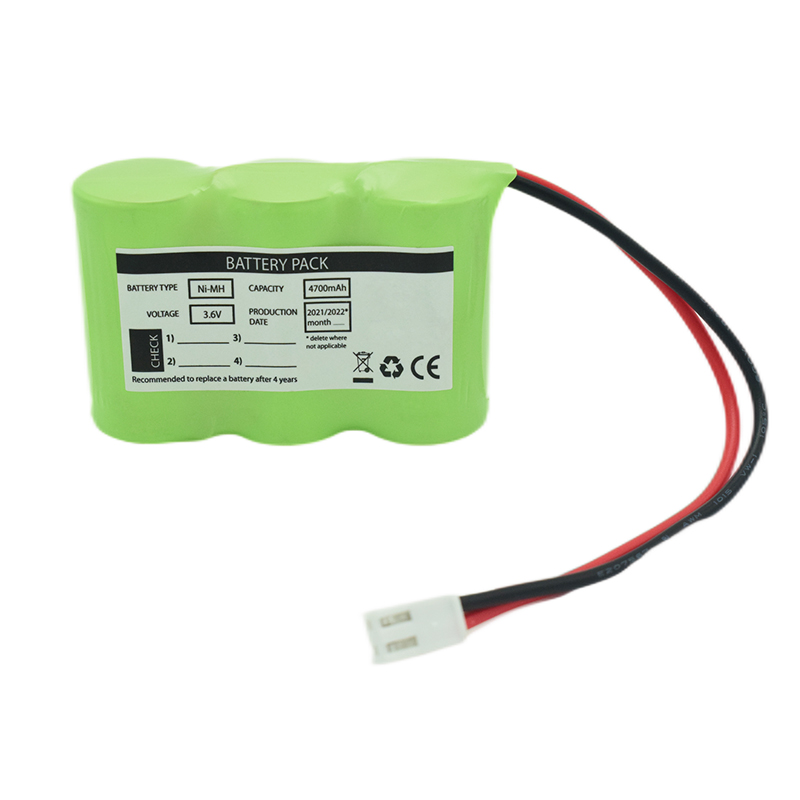 Ni-MH Battery C4700mAh 3.6V
Ni-MH Battery C4700mAh 3.6V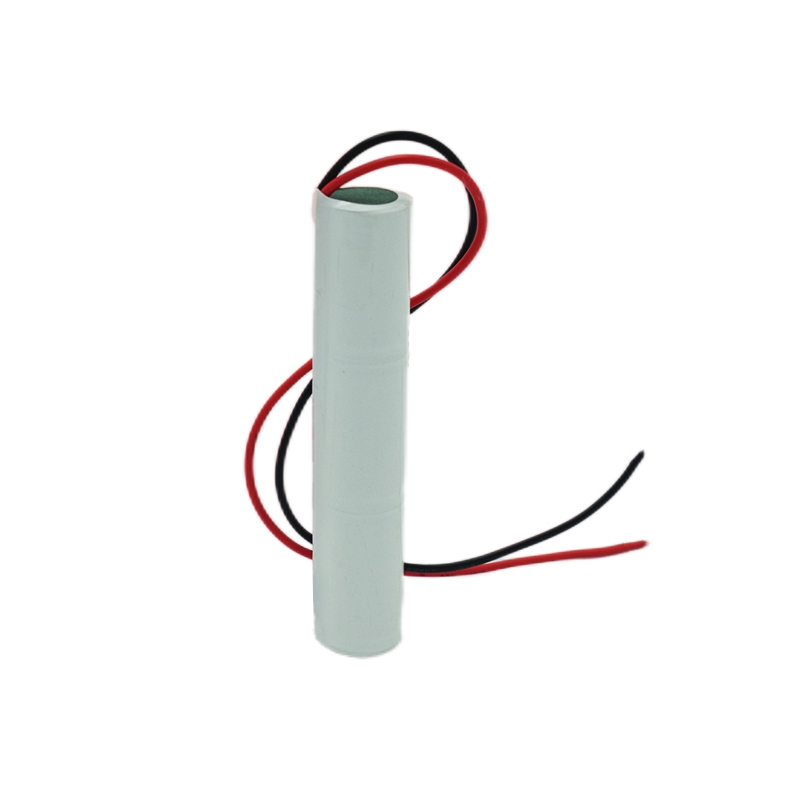 Nickel Cadmium Nicd Battery Pack SC1800mAh 3.6V
Nickel Cadmium Nicd Battery Pack SC1800mAh 3.6V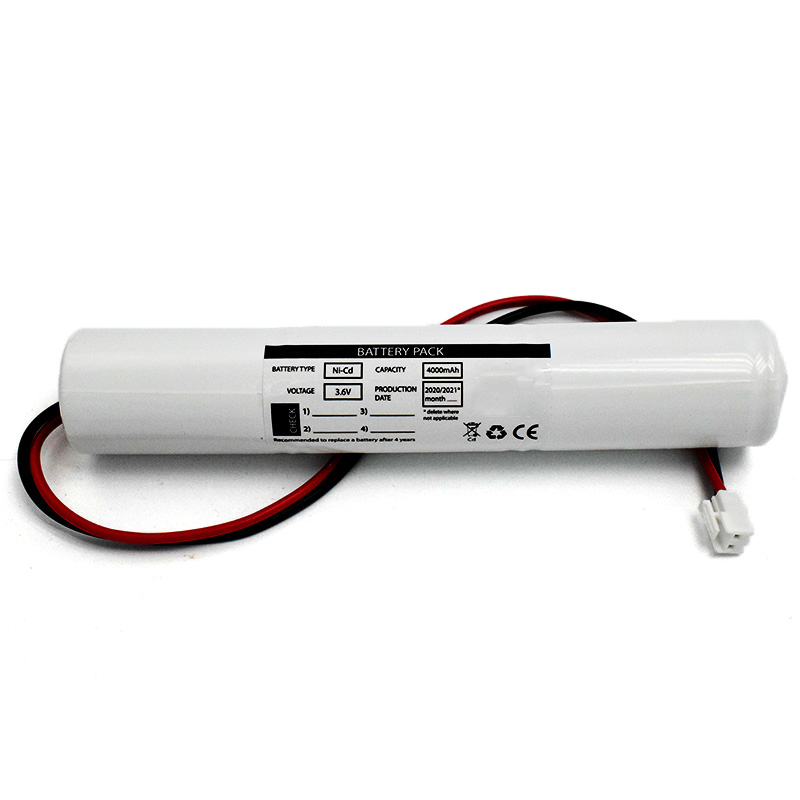 Ni-Cd Battery Pack D4000mAh 3.6V
Ni-Cd Battery Pack D4000mAh 3.6V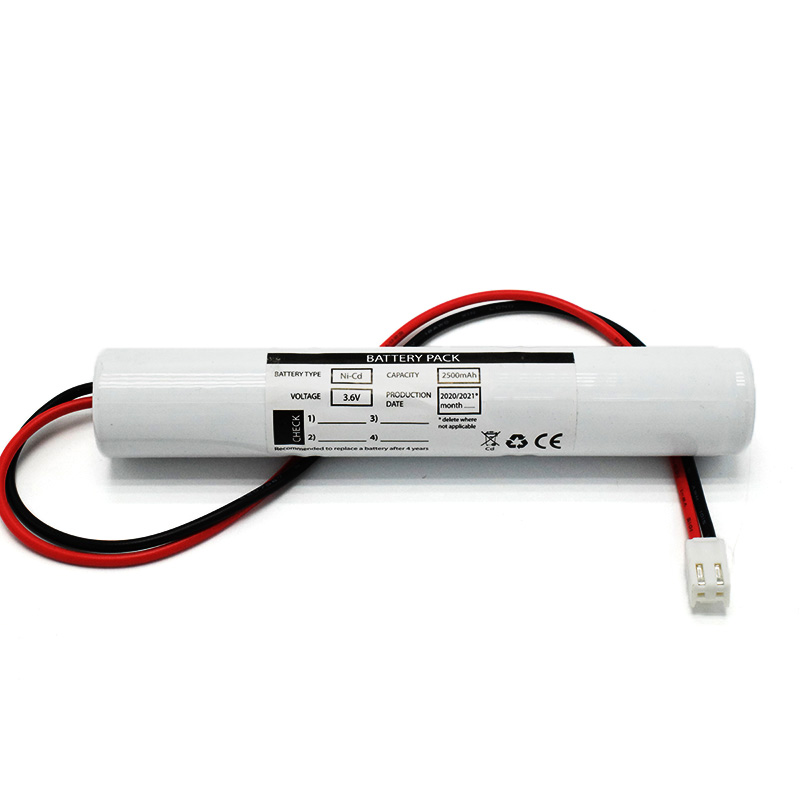 Ni-Cd Battery Pack C2500mAh 3.6V
Ni-Cd Battery Pack C2500mAh 3.6V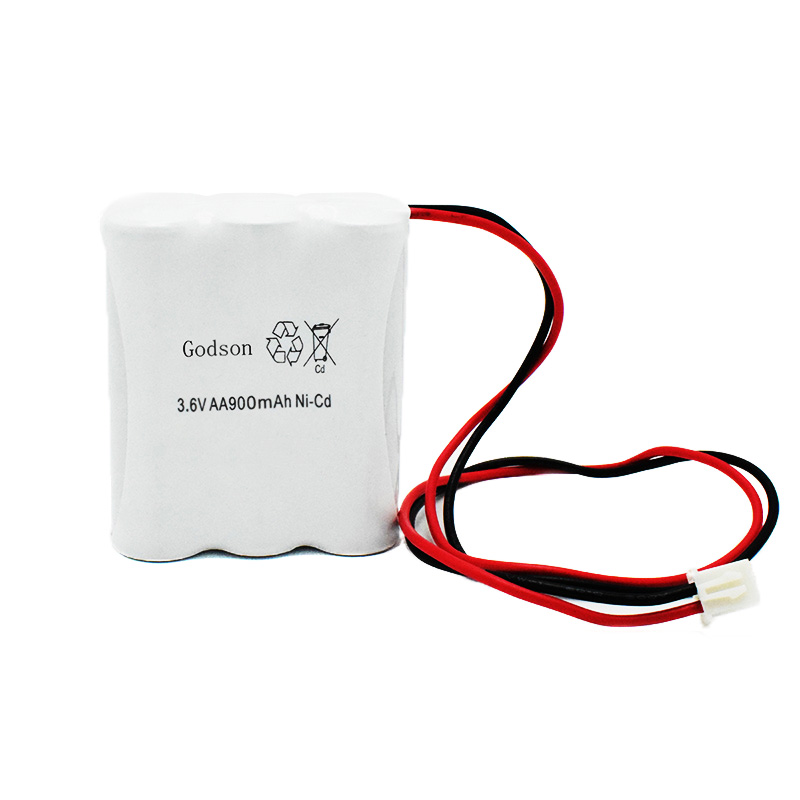 NICAD Battery Pack AA900mAh 3.6V
NICAD Battery Pack AA900mAh 3.6V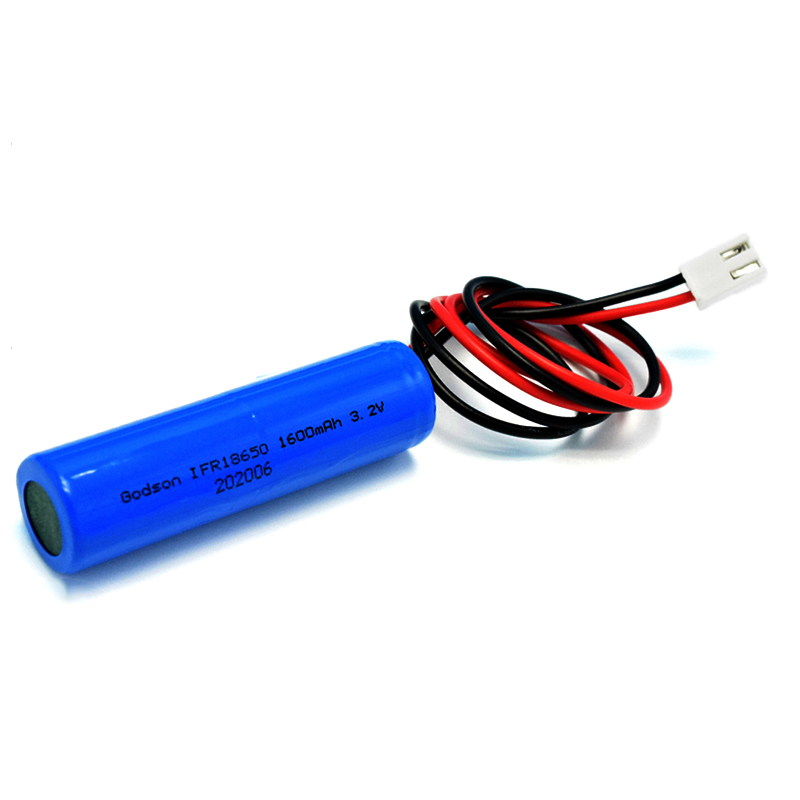 LiFePO4 IFR18650 1600mAh 3.2V
LiFePO4 IFR18650 1600mAh 3.2V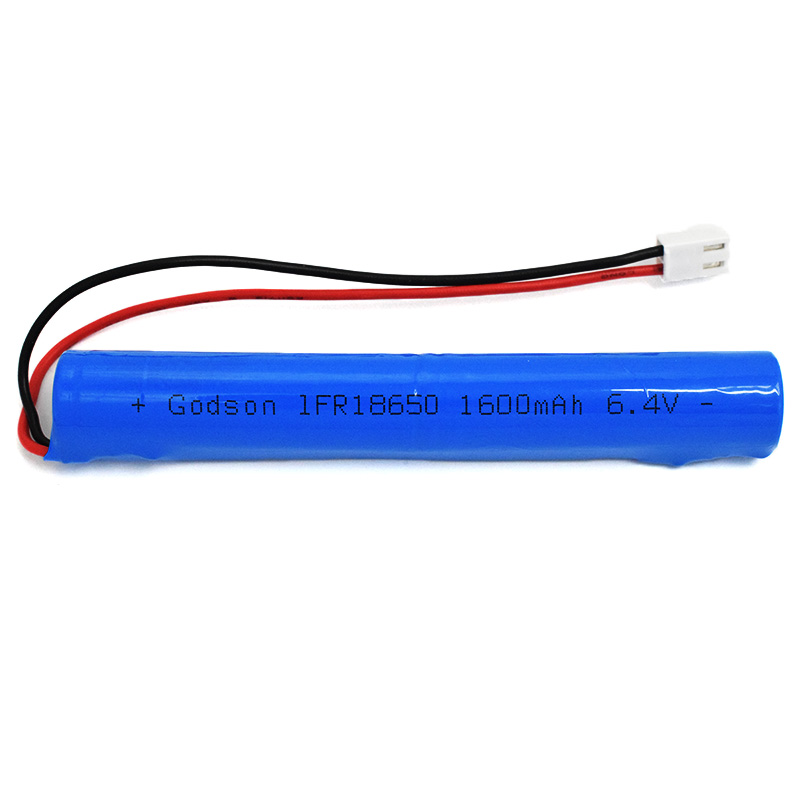 LiFePO4 IFR18650 1600mAh 6.4V
LiFePO4 IFR18650 1600mAh 6.4V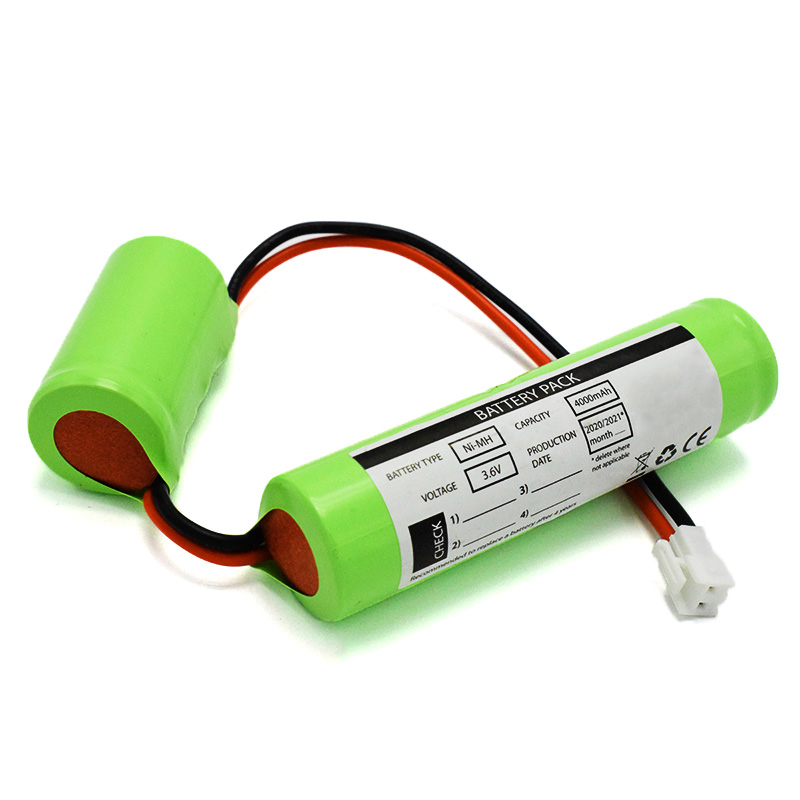 Ni-MH Battery C4000mAh 3.6V
Ni-MH Battery C4000mAh 3.6V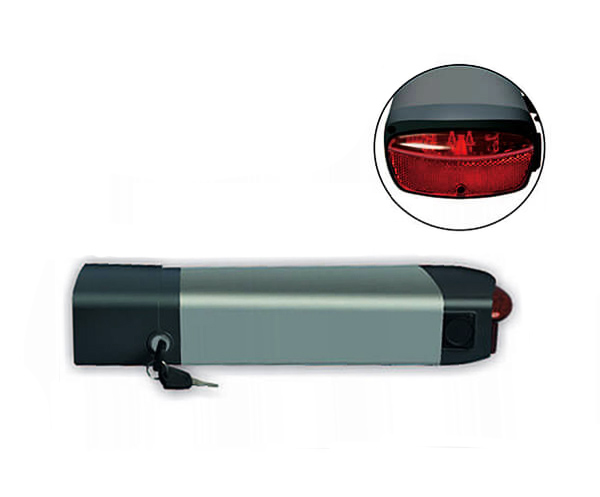 E-bike Battery 48V 10Ah JL-1
E-bike Battery 48V 10Ah JL-1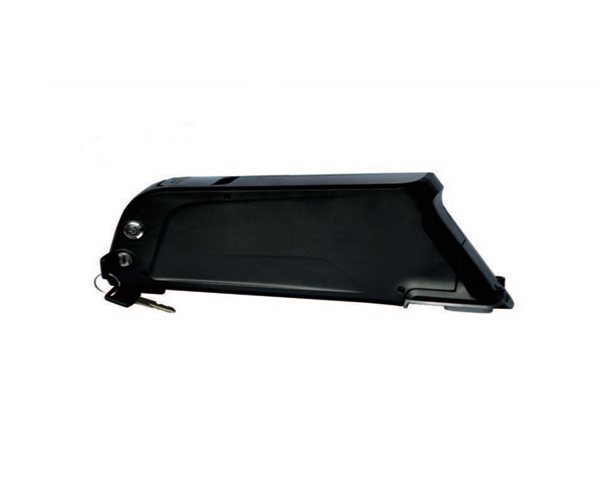 E-bike battery 48V 10Ah Qing Tian
E-bike battery 48V 10Ah Qing Tian